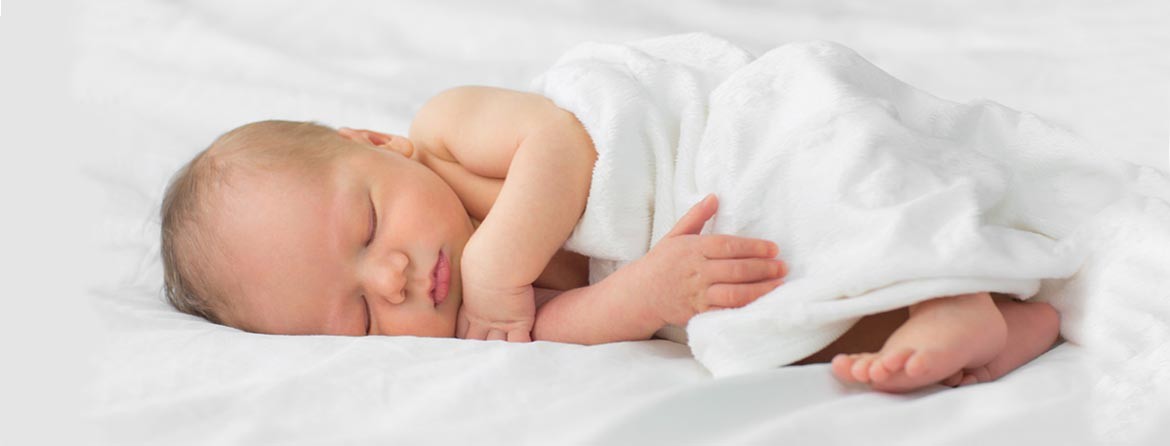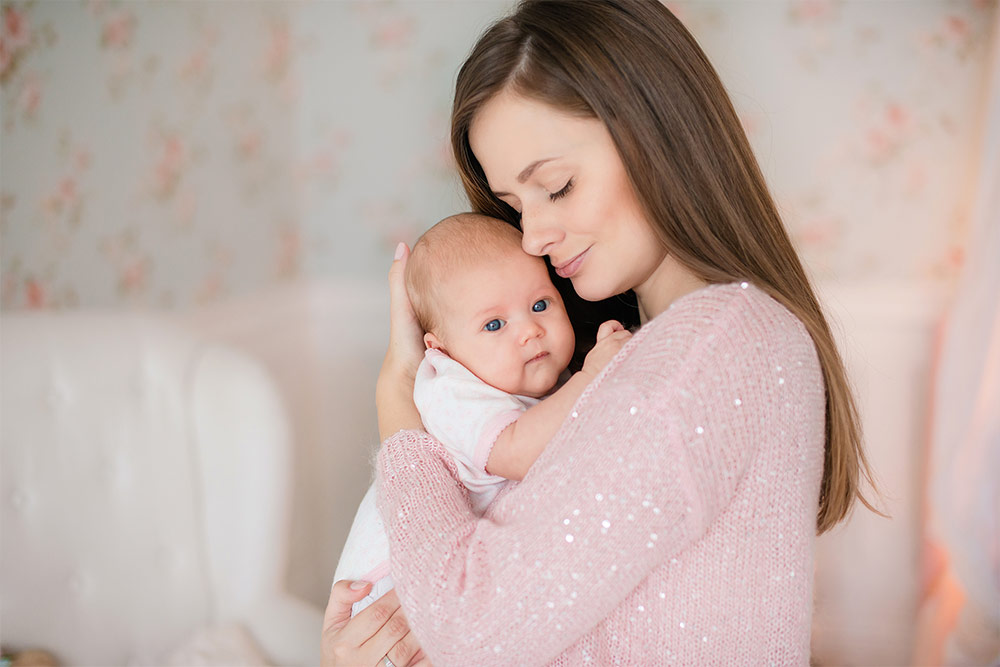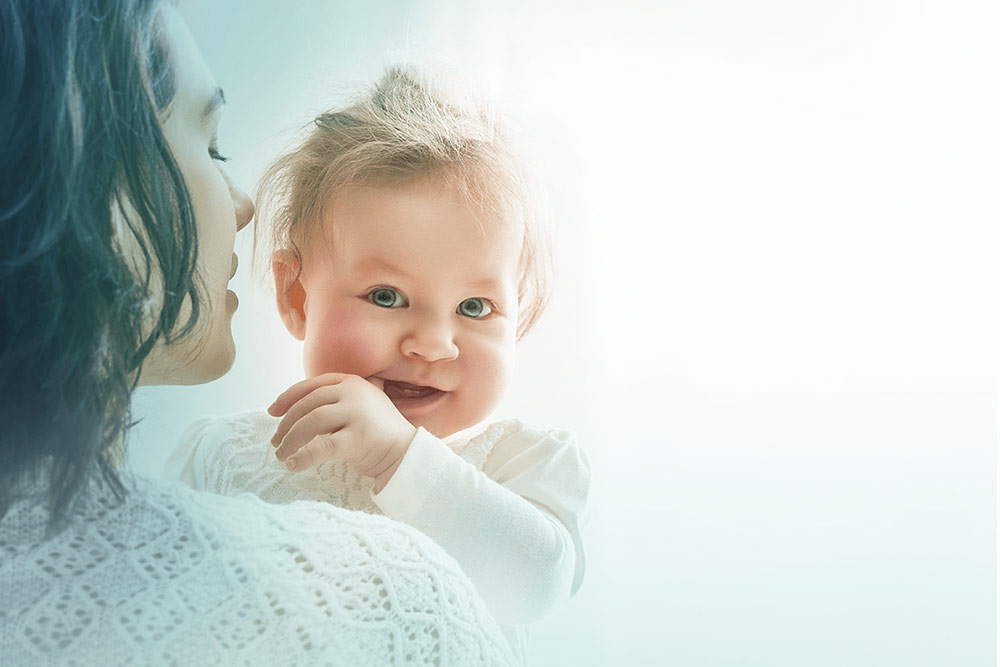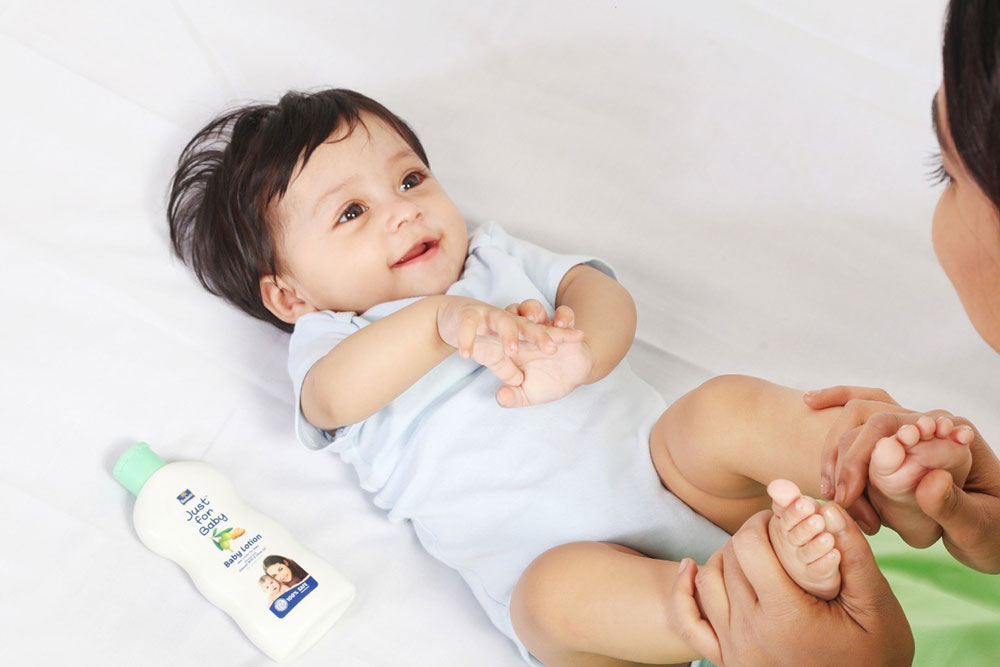
Choosing the right diapering technique for your baby’s comfort
A huge time of being new parents involves diaper changes. Given that your little one may soil as many as 10 or more diapers in a day, it may seem complicated at first. But with practice, keeping your baby clean and dry comes more naturally and easily to you. With time and practice you can also create a diaper regime for your baby.
Diaper Sizes: The size of a diaper depends on the weight and age of your baby. For example, for an average-sized newborn who weights up to 10 lb (10 pounds), the size of NB (New Born) while choosing diaper will be more relevant for your baby. Secondly, for larger newborns who are up to 3 months old and weight 8-14 lb (8-14 pounds); choosing the diaper of size 1 will be much more comfortable. Lastly, babies who are 2 to 6 months old and weight 12-18 lb (12-18 pounds); for them the size 2 will be much more appropriate.
Changing diapers: During the baby’s first few months, you’ll require changing diapers for at least 10 times in 24 hours. If the diaper is a super-absorbent one, you will get to know when the right time for changing a diaper is. However, there are certain times when you need to check whether your baby needs changing. For example: right before or after the baby is fed, before the baby goes for a nap and after waking up from nap, after every bowel movement and lastly, whenever the baby heads out with you.
Make sure the diaper is not too tight and change up the size as your baby grows. Look out for any marks around your baby’s legs and waists as these indicate if their clothing is too tight. If, however, a rash develops around their waist or legs, try switching to a different brand of diapers.
Disposable diapers: It goes without saying that diapers are the most essential things for your baby. Regardless of the changing process being a dirty job, ensure that your baby gets the most comfortable and best fit diaper, because these are very important to comfort your baby. Even though there is no definite count but your baby needs 300 changes in the first month. Maybe it will be more than that.
Disposable diapers are the most convenient ones for the parents. Given you choose to opt for a disposable diaper, you must set the parameters of- softness, absorbency, fragrance (or not), environmental impact and cost. Apart from these parameters, you need to remember that the diaper must fit the baby perfectly. The reason for looking for a best fit diaper is that- the best fit diaper will ensure less leakage and blow out.
If you’re using disposable diapers remember that while changing, make sure to not stick the adhesive tape on your baby’s skin. Just open the diaper and slide it out from under your baby with their legs lifted up. If you’re doing it right, you’ll notice the back segment of the diaper hosting the adhesive tape is parallel with baby’s belly button. Be careful not to stick the tape onto your baby’s skin. Therefore, after choosing the diaper size based on the size and weight of the baby, these straps available on the diaper ensure the right fit for the baby.
Cloth diapers: The cloth diapers are usually of cotton, terry cloth or flannel. Even though the process of making a cloth diaper is a bit lengthy, however it is much cheaper than the disposable diapers. If you are concerned about disposable diapers having gel and other chemicals, you can choose the cloth diapers. But it must be mentioned that, diapers are made in such way that these are safe for the new born babies. In contrast, the cloth diapers soak in less compared to the disposable ones. Hence, it leads to changing diapers quite frequently. However, the less the diaper remains in touch with the baby skin, the higher the chances of not getting diaper rash.
Wiping while changing diaper: Every time you clean up your baby for diaper change, you can use soft wet washcloth, or baby wipes. While cleaning, always wipe your baby clean starting with his front and heading to the back; never go the other way around! Especially while cleaning baby girls, you could spread bacteria of urinary infections by wiping from back to front. While cleaning, lift your baby’s legs by the ankles to wipe underneath. Also, wipe between the creases in the thighs and buttocks. Once you’ve finished cleaning, pat your baby dry with another soft clean washcloth. Before putting on the diaper apply diaper ointment to prevent diaper rash.
If diapering a boy, place the penis in a downward position before fastening the diaper. This will help prevent leaks from creeping up above the waistline. If your baby’s umbilical cord has not fallen off yet fold down the waistline of the diaper. This will keep that area dry.
Diaper rash: Diaper rash is common in babies. Keep these simple tips in mind to prevent and help treat diaper rash-
Change soiled diapers as soon as you come across them. Be extra careful when cleaning the diaper region. Avoid rubbing or brushing up against the rash, as it will only worsen the deal. Try Using Diaper ointments in treating and preventing rashes. For a few hours, keep your baby undiapered. In case of using cloth diapers, wash it with dye & fragrance free detergents, later drying them in sunlight.
Reference:
http://www.diaperplanner.com/
https://kidshealth.org/en/parents/diapering.html
https://www.parents.com/baby/diapers/cloth/basics/
https://www.pampers.com/en-us/diapers-wipes/newborn-products
https://www.pampers.com/en-us/about-us
https://www.pampers.com/en-us/about-us/quality-and-safety/article/faq
https://www.babylist.com/hello-baby/best-disposable-diapers
https://www.verywellfamily.com/best-diapers-4173457
https://www.todaysparent.com/baby/baby-health/the-10-most-dangerous-baby-products/
http://www.diaperanswers.org/disposable-diapers-invention/
https://www.whattoexpect.com/diapering-essentials/cloth-vs-disposables.aspx
https://www.whattoexpect.com/baby-products/diapering-potty/best-diapers/
https://en.justforbaby.co/article/choosing-the-right-diapering-technique-for-your-baby%E2%80%99s-comfort/8








